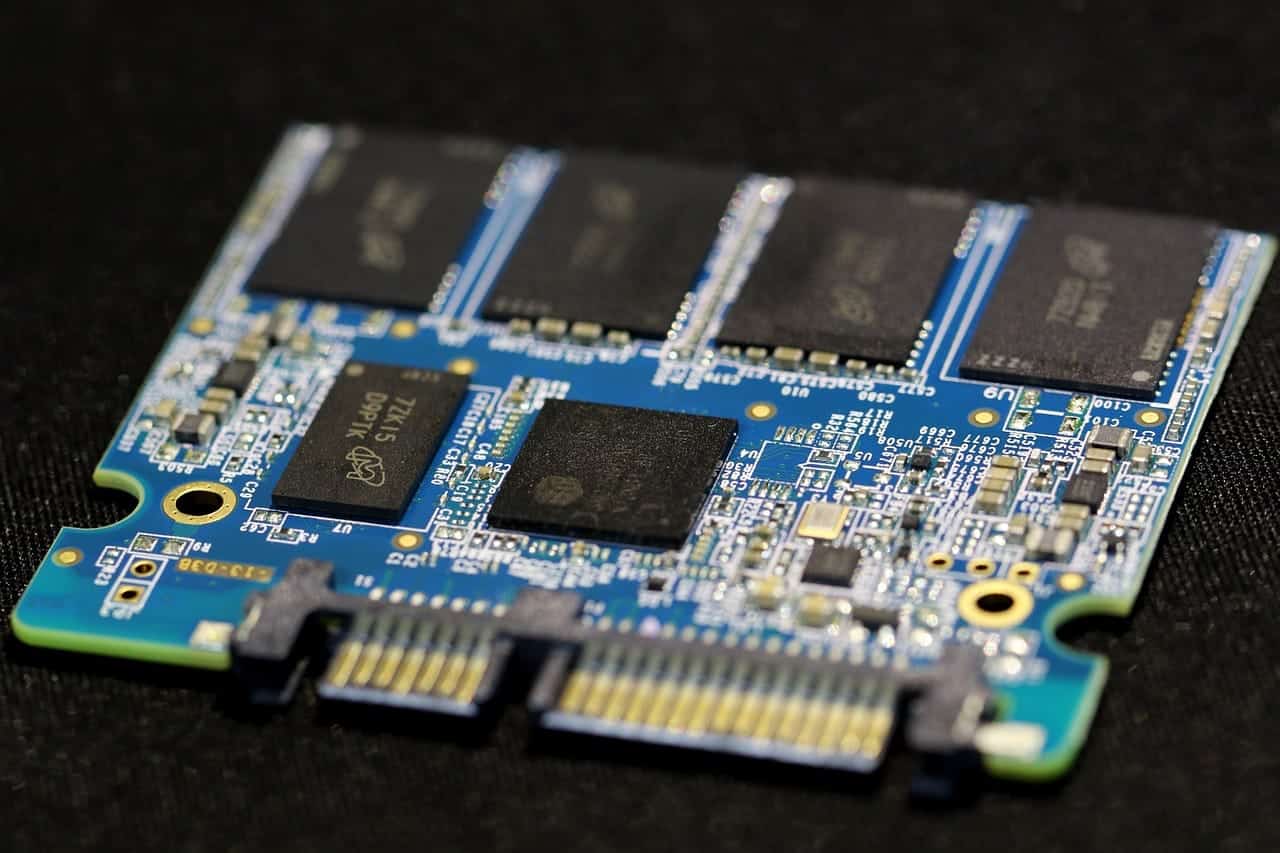
The unstoppable replacement of mechanical drives (HDD) by solid state drives (SSD) has not only improved the start of our applications and reduced waiting times. It has also changed some things that we considered true just a decade ago.
Have you bought an SSD disk to speed up your computer, but you don't know if it is convenient to partition it? Or a more common question, are SSD drives even partitioned? We will solve these and other doubts below, and we will discover the myths and realities behind partitioning SSD drives.
Reality #1. Every disk has at least one partition
Hard drives, SD cards, memory inside your mobile... everything with storage space must be partitioned. An unpartitioned drive cannot be used until it contains at least one partition, but it can contain multiple partitions.
A partition is a section of storage that is separated from the rest. Partitions allow users to divide a physical disk into multiple logical disks. For example, to run multiple operating systems on the same device.
Creating partitions is not something most users have to deal with. But you may need to partition a drive when installing a new operating system on your computer, or setting up a new drive, be it an HDD or SSD.
Many SSD drives include a utility to clone (duplicate) the drive you have installed, and be able to continue working without having to reinstall anything. But if this is not the case, or you prefer to do a clean installation of the operating system, then you must partition the SSD drive before installing it.
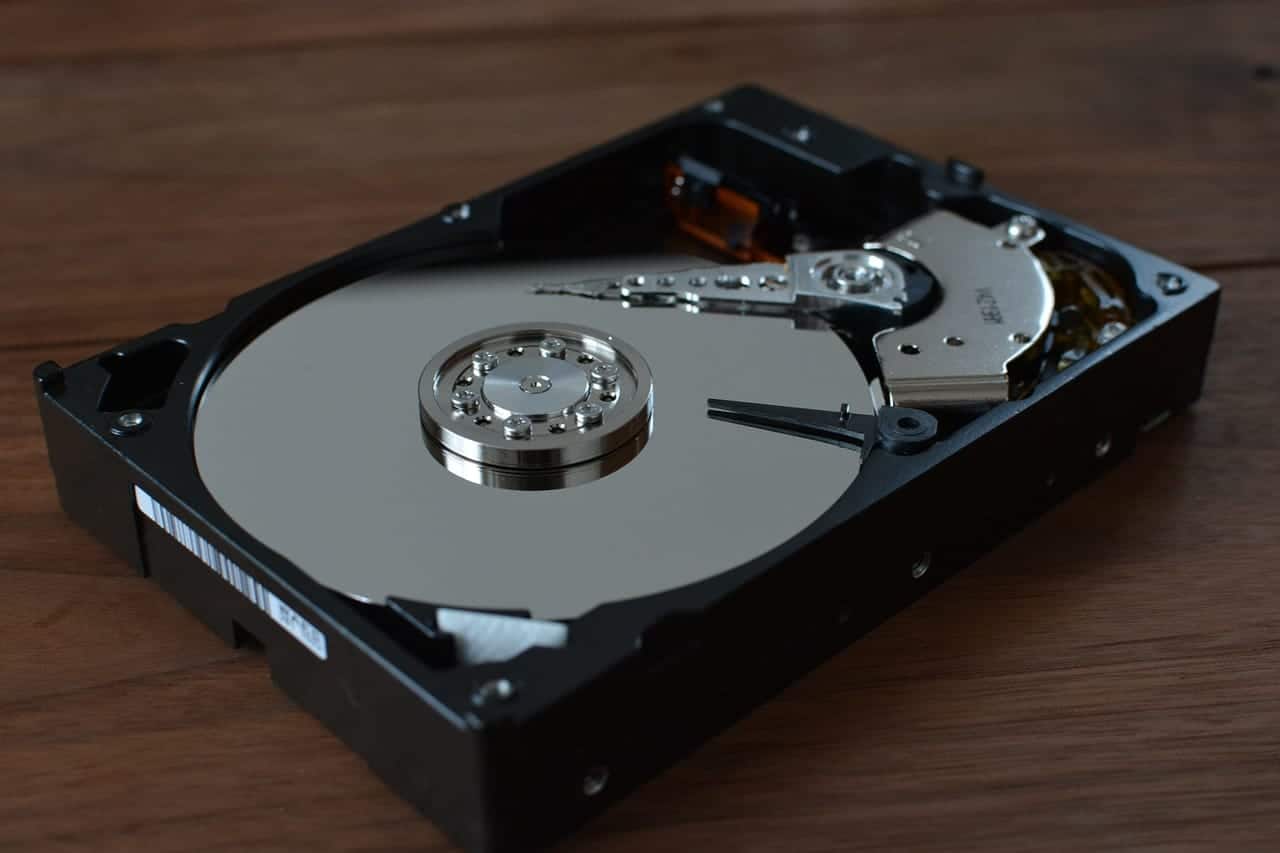
Myth #1. SSD drives are not partitioned
What was once true is not so true now. The recommendation not to partition an SSD is related to an aspect that distinguishes them from an HDD. Today's Flash-based SSDs are built with Millions of cells, each with a limited number of write cycles.
If we create a single partition that occupies the entire capacity of the drive, and make reasonable use of the space (leaving enough free), most SSDs will outlive the computer where they were installed. They could last decades, in theory.
But when creating small partitions on an SSD, and especially if they are intensely overwritten (like the OS partition) we can accelerate the death of the SSD. By not allowing it to “wear out evenly” it is possible for the SSD to fail prematurely.
With the early low-capacity and expensive SSDs, this was a serious enough problem to recommend against partitioning. Fortunately, this has changed, and You can partition your SSD, taking care to leave enough free space on each partition.
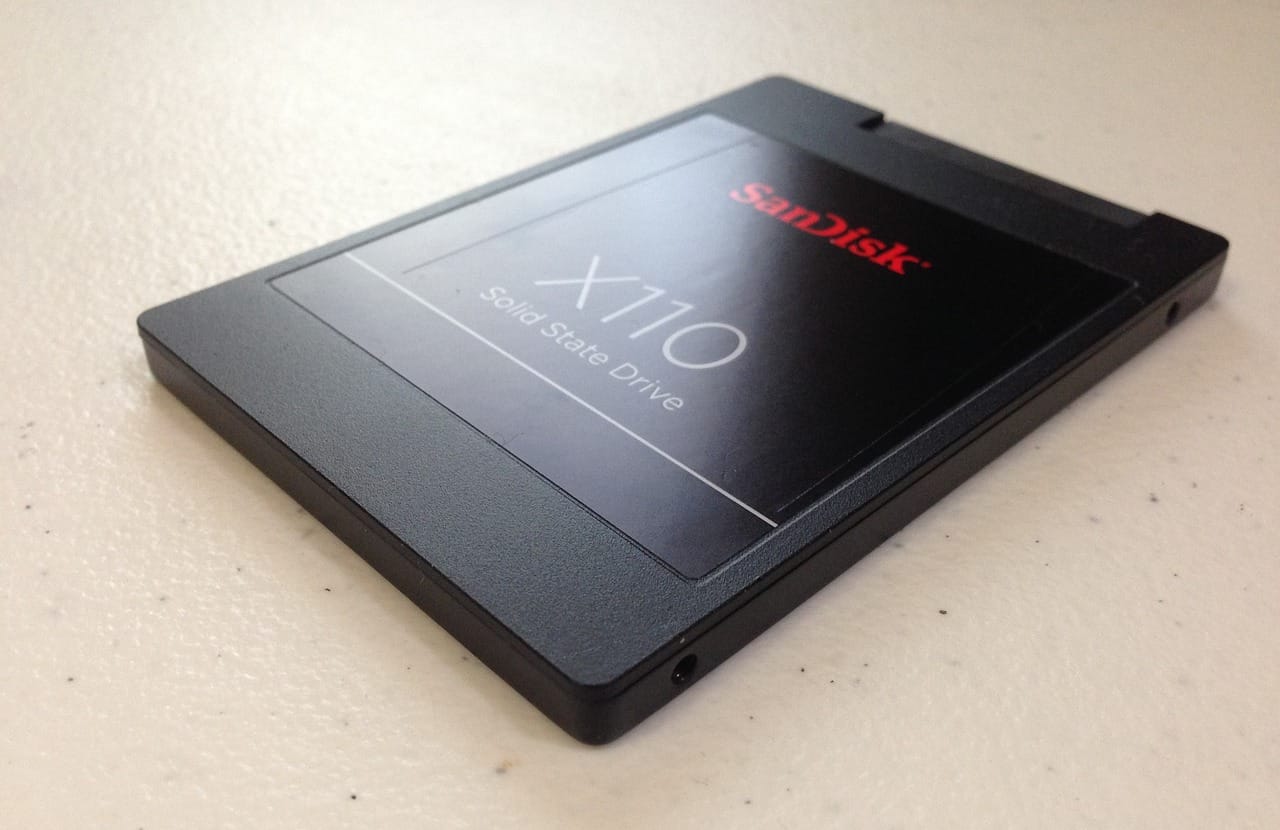
Reality #2. One failed partition can affect the entire SSD
With mechanical disks (HDD) it was easy to think of partitions as "insurance" when recovering from a failure. When the partition containing our operating system crashed, it was reassuring to know that our precious personal information was intact.
But SSDs are different. What in a mechanical disk can be a failure that progressively affects "zones" of the disk, in an SSD it is usually something more abrupt and catastrophic. SSDs have many advantages and certainly fail less… but when they fail, they fail big.
And it can be worse; most professional data recovery services simply won't work with SSD drives. If you haven't backed up your data, and your SSD fails, you'll almost certainly lose it forever.
If you plan to create a “Backup” or “Backup” partition, do yourself a favor and don't back up on the same SSD you plan to back up. Use instead a mechanical disk (HDD), an external or network disk (NAS) or better, a cloud storage service.
This gives us another argument in favor of partitioning your SSD. If you have your most important data in one partition, it will be much easier to back it up. Not only will the size required to back up be less, but the time it takes to back up will also be reduced.
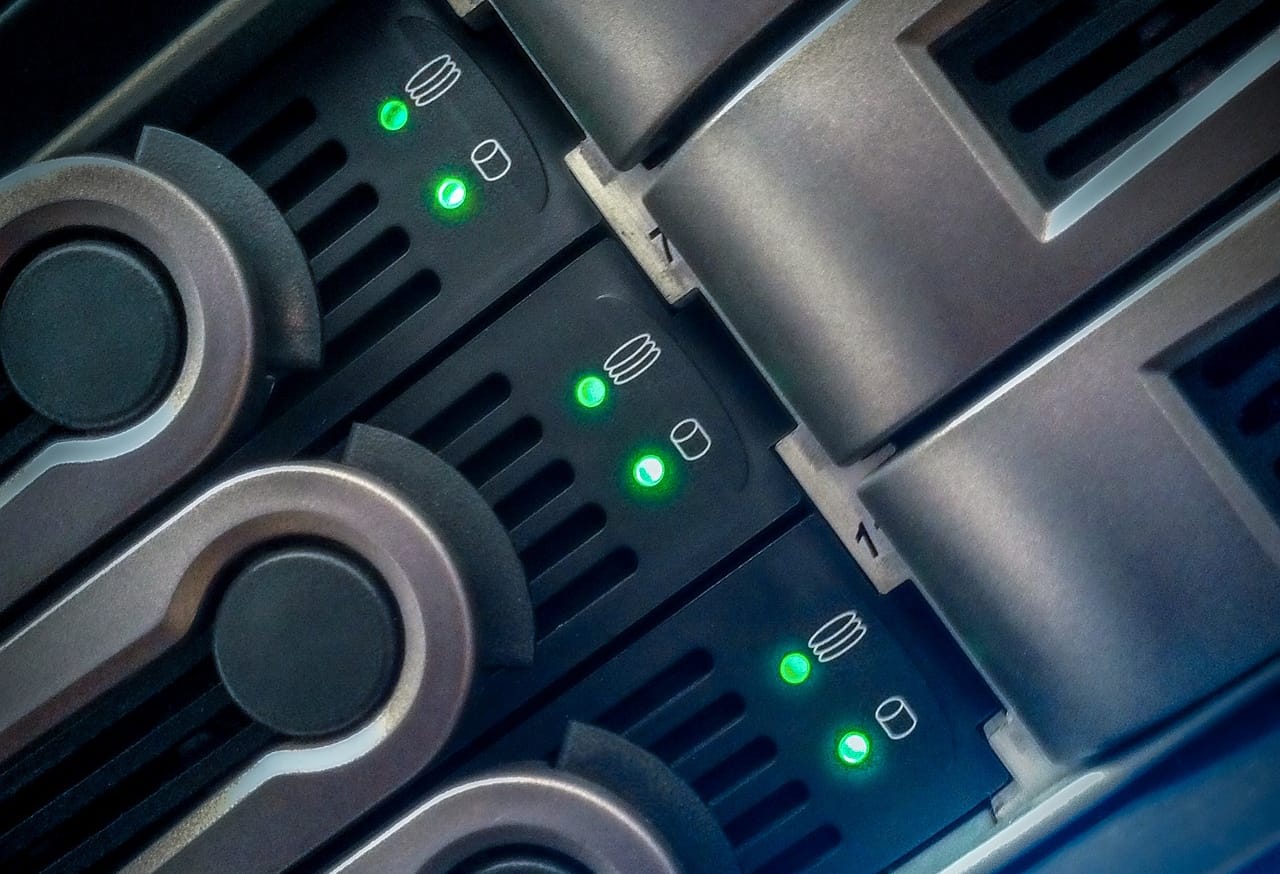
Myth #2. Partitioning makes SSDs faster (or slower)
This is a myth inherited from the old mechanical disks (HDD). Nevertheless, partitioning an SSD will not make it faster or slower, since it takes the same amount of time to read any part of the storage. Let us explain the origin of the myth.
The reason why a mechanical hard drive is called that, is because inside they have a real disk, made of metal or glass, coated with magnetic material, and that spins at a very high speed. Information is read or written by passing under a head that moves to any point on the disk surface.
When partitioning an HDD, a contiguous space was created, a "zone" of the disk, which delimited or limited the movement of the read and write head. In very special cases, and by partitioning in a specific way, a slight performance improvement could be obtained.
In an SSD there is not really a disk that spins, nor is there a head. Partitions also do not represent contiguous space within Flash memory, and any of the cells can be accessed in virtually the same amount of time.
Partitioning an SSD will not worsen or improve performance. It will also not help increase or decrease read and write speeds.
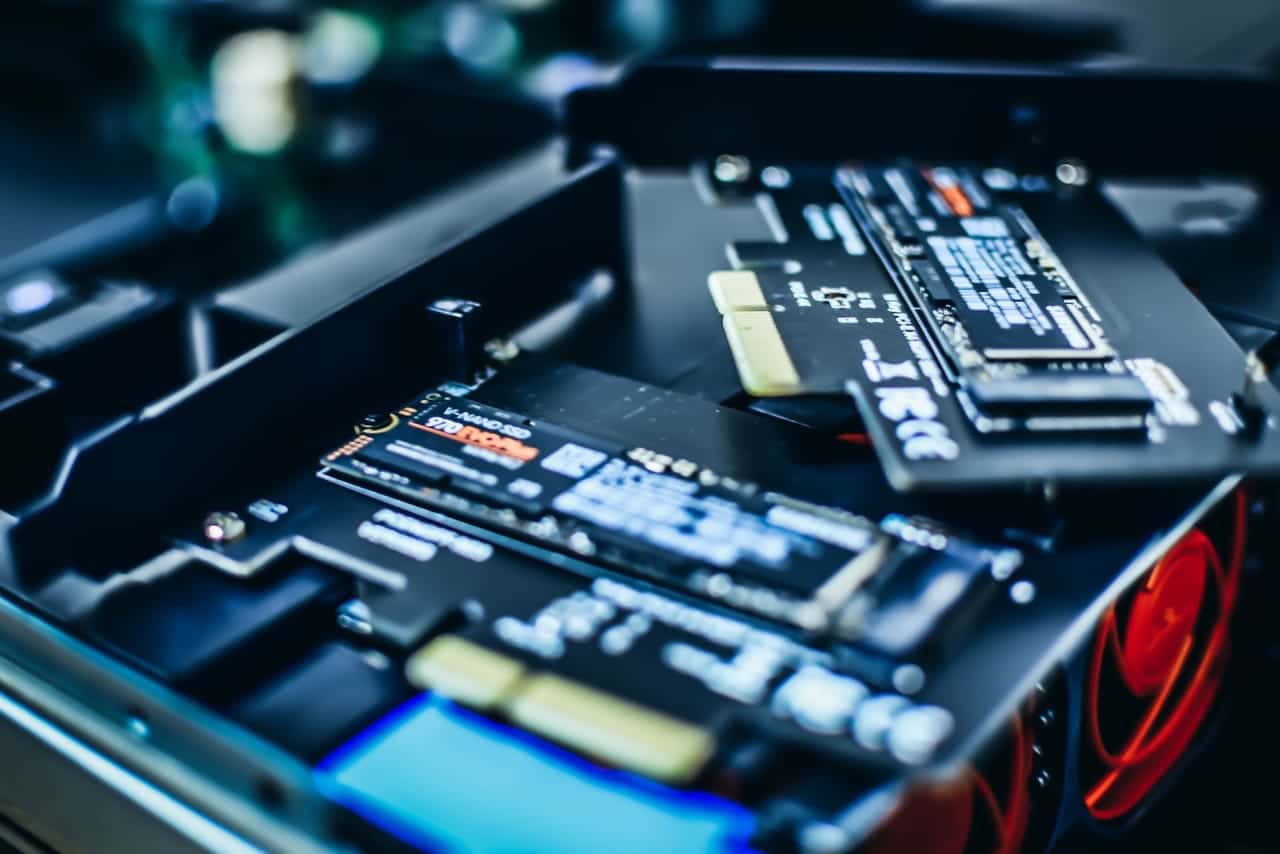
In short, should I partition my SSD drive?
If the above still does not answer your questions about whether to partition your SSD hard drive, the final answer is: it depends on your needs. There is no performance advantage, but partitioning allows you to keep things organized.
If you can manage all the data in one place, and you don't use multiple operating systems, then you don't need to create partitions. Nevertheless, if you use two operating systems or want to make backups easier, partitioning the SSD could be the answer.
All you need is to understand that SSDs are not HDDs. They are different in terms of operation and manufacturing. Think about your specific needs before making the decision.